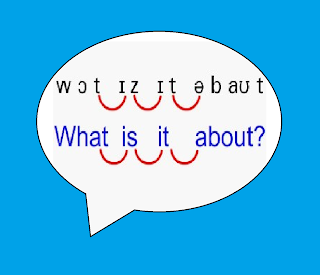Looking into the flow of English

The natural rhythm that gives English its musicality is partly influenced by how the words are linked. In order to enhance our speaking and make it sound more natural and relaxed, we need to understand the mechanics of how this works.
This is not a typical feature in some languages such as Spanish so it will help to first analyse and recognise when this happens in natural speech to, later, implement it in your speaking. An additional benefit is that your overall improvement in listening comprehension and a more natural flow can lead to better results in tests.
Let’s look into some very basic everyday phrases in which connected speech makes its appearance.
Linking: consonant+vowel
A cup of coffee: The consonant “p” is linked to the vowel “o” resulting in the catenation or linking of the two words that will sound like one. The same happens with the vowel sound in the article “a”. A cup of coffee.
Double letters: consonant + consonant turn into one
(Gemination)
I am a bit tired: The two “t”s are blended into one and therefore “bitired” sound like one word. To help you make this blending naturally, you can try to do this: first, pronounce bi without the “t” and then tired. “Iama bi tired”.
This example does not present real difficulty. However, this feature can be a life-saver to make your speech easier in other instances like when to “v”s come together. The other day, we were trying to sing the jolly phonics song that introduces this sound in a kids’ class: Vic’s driver. There is not enough time to articulate properly if the “v”s are not blended. Drive // Vic’s van but there is if you do this: /draivics/
You can see for yourself here: https://www.youtube.com/watch?v=KR5v1tszPis
Elision of one sound
I’ll see you nex(t) week
Here, a “t” sound disappears altogether from speech and becomes /nekswi:k/. This elision happens to /t/ and /d/ sound when they are between two consonant sounds. Another example, here a “d” is dropped in fast, natural speech: It coul(d) be fun. /cubi:/
I ha(te) popcorn
Here a word ending in a /t/ sound* is followed by a word beginning in a /p/ sound and the /t/ sound changes to /p/. / ai hei pop kɔ:n/
* bear in mind that the “e” here is silent so the last sound is /t/
Assimilation
What did you do at the weekend?
Here we the sounds /d/ and the sound /y/ blend together and produce a /dʒ/ as in Jazz.
The result of this assimilation sounds: /didʒa/
Didn’t you know about …?
In fluent speech the sound /t/ and the sound /y/ blend together and become / ʈʃ/ as in chess.